Lemon Swiss Meringue is light and fluffy like a cloud. There is no better topping for a sweet cake or cupcake.
The tart zesty lemon flavor of this Lemon Swiss Meringue contrasts beautifully with even the sweetest of desserts. The meringue pipes beautifully is light and fluffy, silky and smooth, and not overly sweet.
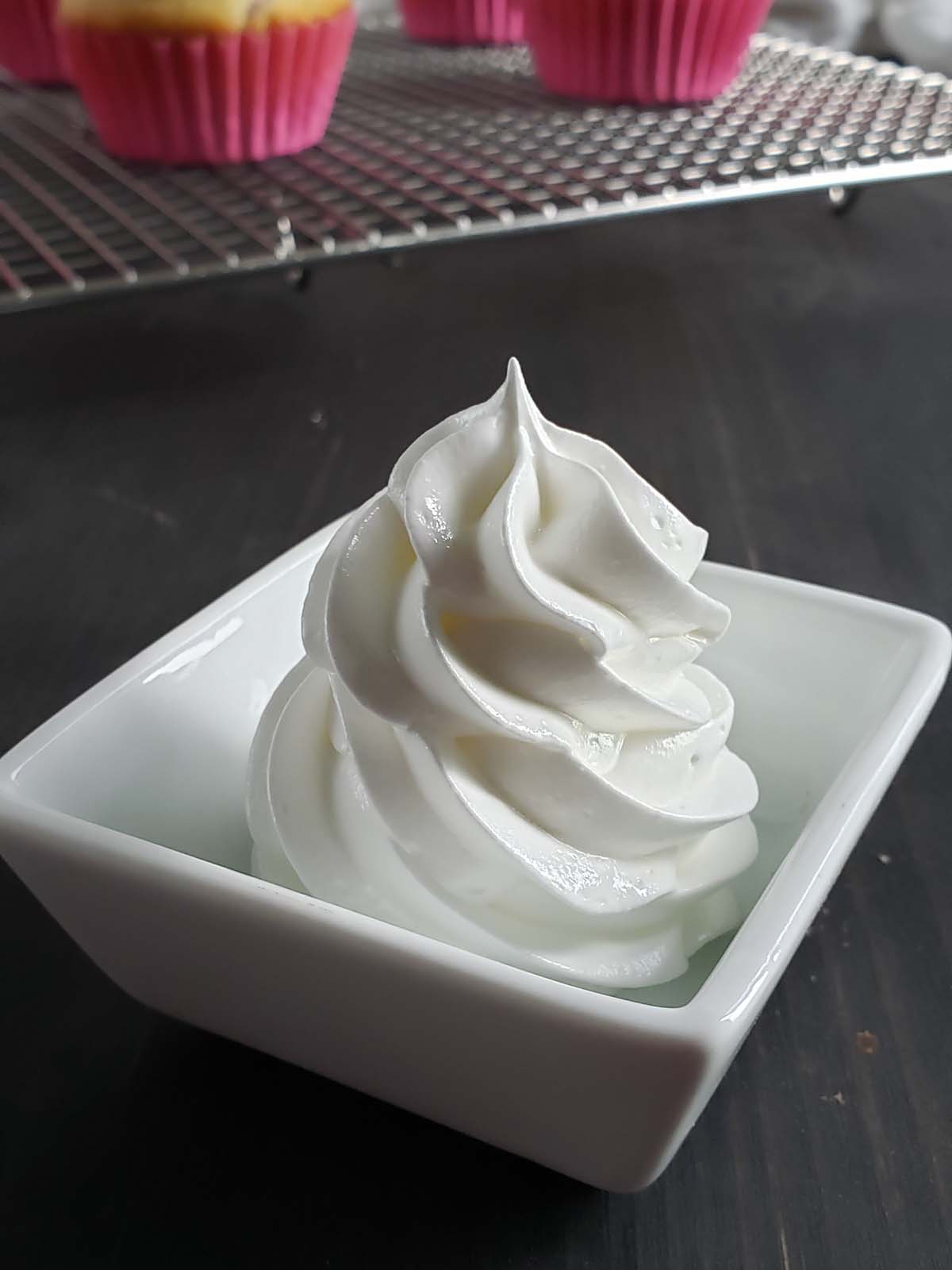
Do you love lemons? Try on of these other desserts: Lemon Drop Cookies, Lemon Curd, and Fresh Thyme Cheesecake with Lemon.
Swiss Meringue is super stable. Making it a perfect frosting to use on make-ahead desserts. Use it to top these Fresh Raspberry Cupcakes.
Swiss meringue might seem intimidating but I have plenty of tips and tricks for you to help you feel confident
Jump to:
Why You Will Love This Recipe
- Simple ingredients and just a little technique are all you need to make this silky smooth meringue.
- Swiss meringue is great for pipping and is very stable even in warm weather.
- It tastes just like really good citrusy marshmallow fluff.
Recipe Ingredients
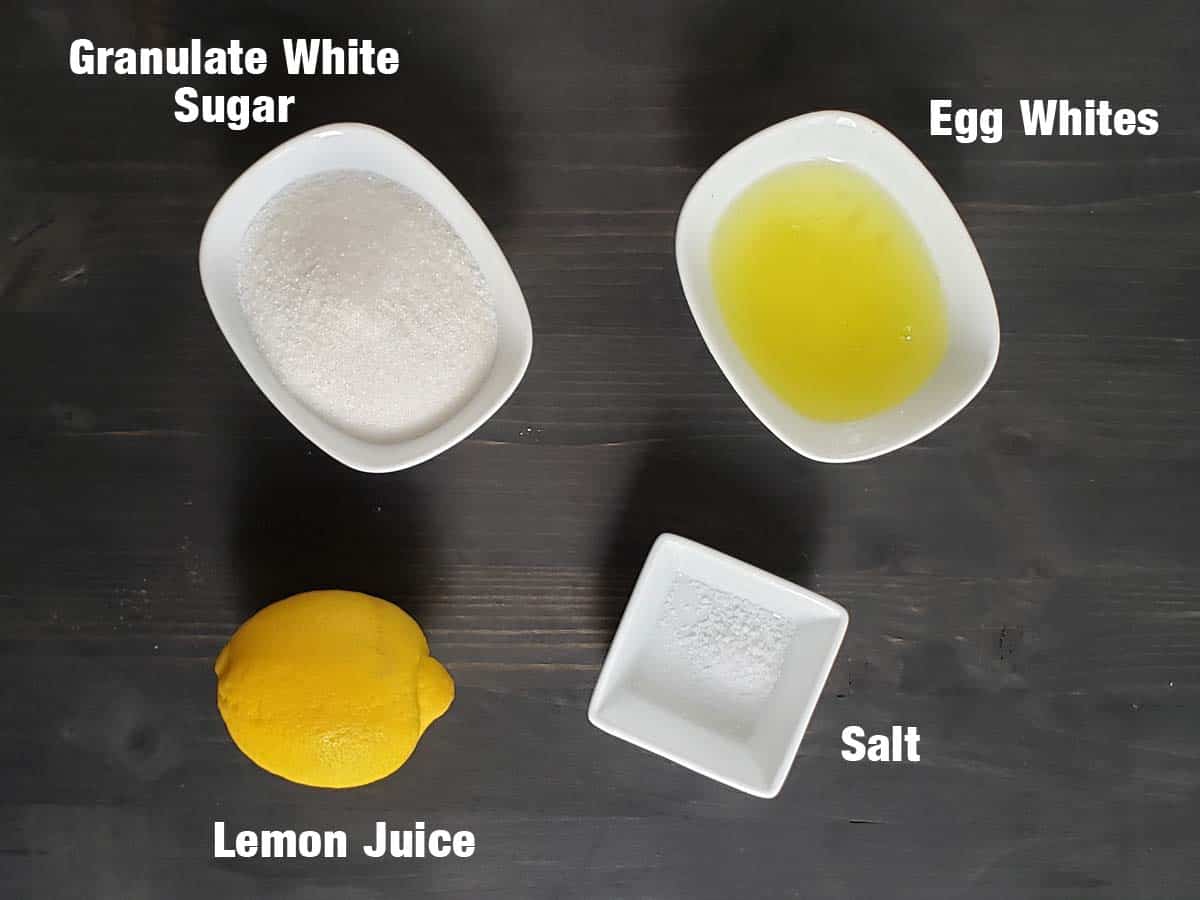
Egg Whites: When making a meringue you do not want any egg yolk in your egg whites. The fat from the egg yolk will prevent the egg whites from whipping to their full volume.
Tip: It is easier to separate cold eggs straight from the refrigerator.
Granulated White Sugar: Sugar helps to give the egg whites structure and prevents the egg whites from being overbeaten.
Lemon Juice: Freshly squeezed lemon juice has a better flavor than bottled lemon juice.
Salt: I add at least a pinch of salt to all of my recipes. Salt complements and intensifies the other flavors. For all of my recipes, I use Morton Kosher Salt which packs more densely than Diamond Crystal Kosher Salt. If you are using Diamond Crystal Kosher Salt you will want to double the amount of salt you add.
See the recipe card for full information on ingredients and quantities.
Substitutions and Variations
Change the flavor of the meringue using different extracts, try vanilla, mint, or almond extract. You could also add two teaspoons of espresso powder, powdered peanut butter, melted chocolate, or pulverized freeze-dried fruit.
Whip the meringue until it has reached medium-soft peaks. Add the flavoring and then continue to whip until it forms stiff peaks.
To Color the Swiss Meringue: Add gel food coloring at the same time as you add the additional flavoring.
Step by Step Directions
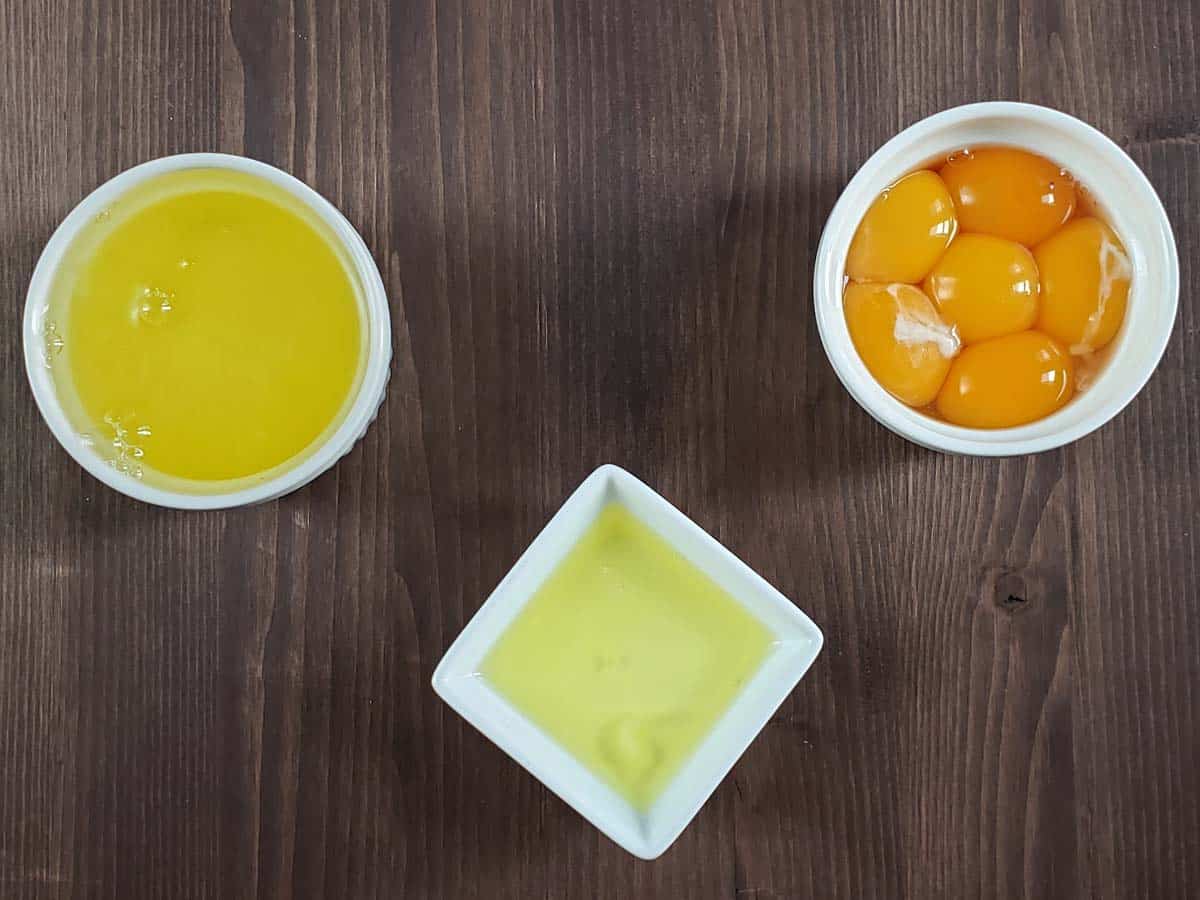
Step 1: When separating the egg whites from their yolks the safest method is the 3-bowl method. Use one bowl for collecting egg whites, one bowl for collecting egg yolks, and the third bowl for separating each individual egg.
Tip: Using this method to separate eggs means if you accidentally get a little bit of yolk in the third bowl you have not ruined your entire batch of egg whites, just that single egg white.
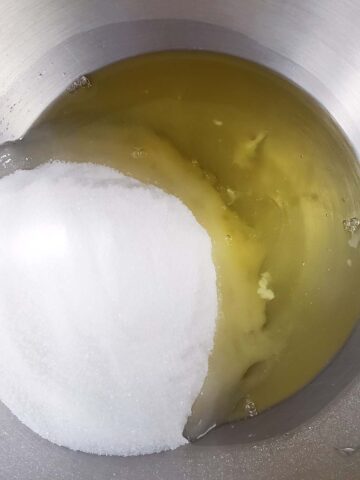
Step 2: In a medium heat-proof bowl whisk together the egg whites, sugar, lemon juice, and salt.
Place the bowl over a small saucepan of simmering water. Make sure the bottom of the bowl doesn't touch the water.
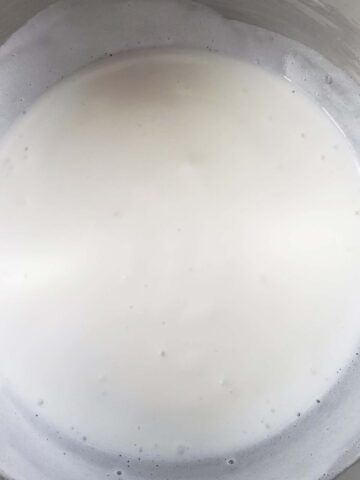
Step 3: Whisking continuously, cook the egg white mixture until the sugar has completely dissolved and it reaches a temperature of 160°F (71°C). This should take about 5 minutes.
Remove the bowl from the heat. Using a stand mixer, whisk the mixture on medium speed for about a minute.
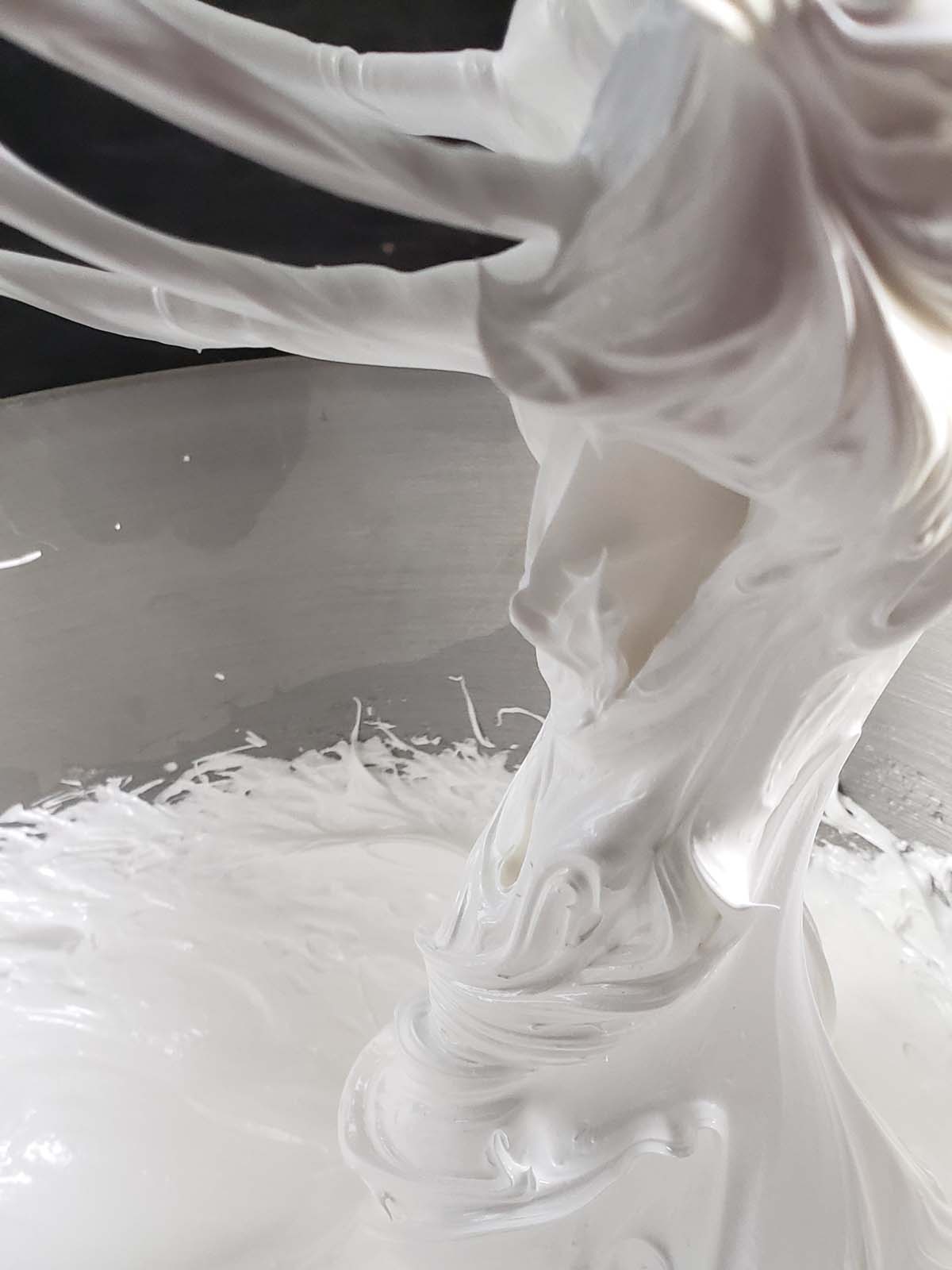
Step 4: Increase the speed to medium-high and whisk until stiff peaks form. This should take about 10 minutes.
Four Stages of Meringue
There are four stages you can whip meringue to, foamy, soft peak, stiff peak, and broken.
Foamy Meringue: This is the first stage. After whisking the egg whites for just a few minutes they will be light and bubbly.
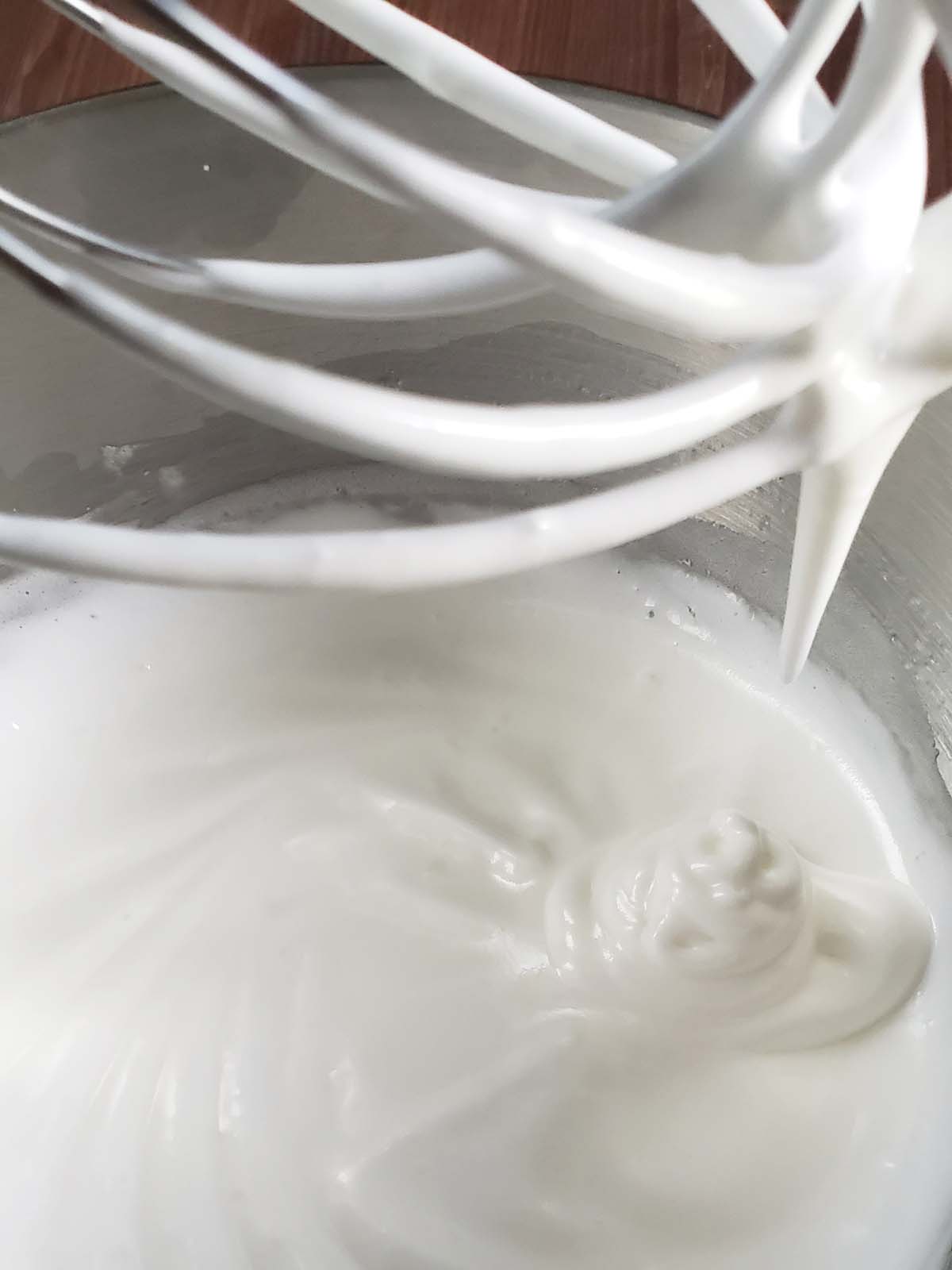
Soft Peak Meringue: Continue whisking the egg whites and they will reach the soft peak stage. The meringue will turn white and be shiny and thick.
When you invert the whisk the meringue will form a peak that curls over. The meringue is soft and does not yet have enough structure to support the peak. Typically it takes about 5 minutes of whisking at medium speed to reach the soft peak stage.

Stiff Peak Meringue: Further whisking will bring the egg whites to the stiff peak stage. The meringue will be much thicker than the soft peak stage and have a glossy sheen.
When you invert the whisk the meringue will form and hold a peak. If you invert the bowl the meringue won't pour out.
Confident bakers will hold the bowl over their heads to test the Meringue's thickness. Typically it takes about 10-12 minutes of whisking at medium speed to reach the stiff peak stage.
Broken Meringue: If you continue whipping the meringue past the stiff peak stage it will break. The meringue will look grainy and separated.
To Fix a Broken Meringue: beat a little unbeaten egg white into the broken meringue.
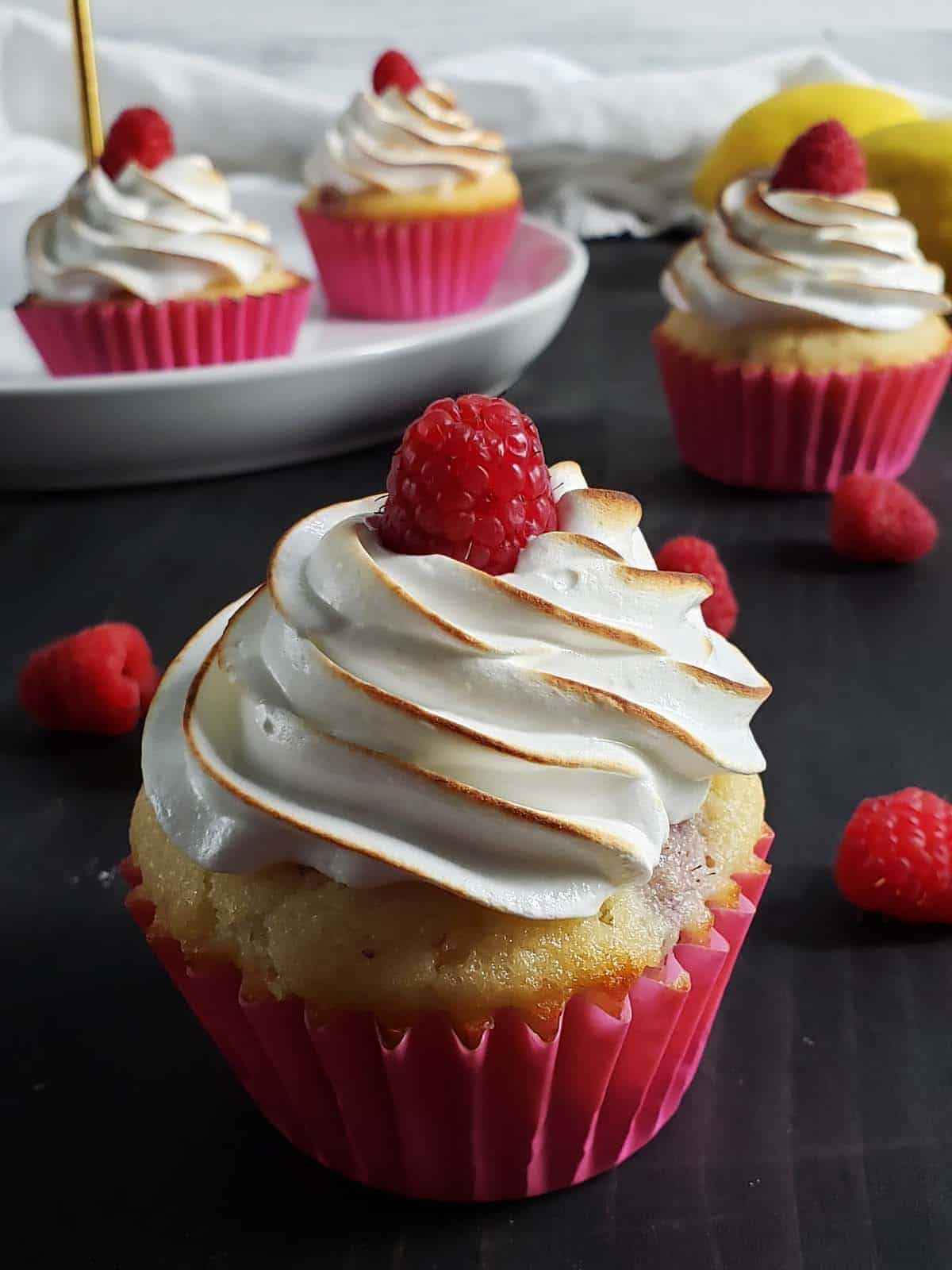
Recipe FAQs
Yes, cooking the egg whites to 160 degrees Fahrenheit basically pasteurizes them. Use an instant-read thermometer to ensure your egg whites are heated to the proper temperature.
Yes, just be sure to read the labels. Some carton egg whites specifically state that they are not good for meringue.
Two tablespoons of carton egg whites equal one egg white. For this recipe, you will need ¾ of a cup of carton egg whites.
Make sure the sugar is fully dissolved before you begin whipping the egg whites. Your target temperature is 160°F (71°C). You can also rub a bit of the egg whites between your fingers. If it feels grainy the egg whites need to be cooked longer.
Swiss meringue tends to lose its fluffiness and become soupy once it is refrigerated. It's best to wait to make it until the day you need it.
If your meringue has come into contact with any fat, from a stray bit of yolk to a residual bit of fat on the bowl or whisk, the egg whites won't reach the stiff peak stage.
To thoroughly clean your bowls and utensils wipe them down with vinegar or lemon juice.
Use the three-bowl method mentioned above when separating your eggs to reduce the risk of contaminating your egg whites.
Expert Tips
- Make sure your bowls and whisks are completely grease-free. Any hint of fat will prevent the egg whites from whipping to their full volume.
- Glass and metal bowls are preferred as plastic bowls can bond with fat making them difficult to clean and remove all traces of grease.
- To thoroughly clean your bowls and utensils, wipe them down with vinegar or lemon juice.
- After cooking the egg whites and sugar the sugar should be completely dissolved. Meaning if you rub a little of the mixture between your fingers you shouldn't feel any sugar granules. If there is undissolved sugar your meringue will feel grainy.
- Whisking on medium speed rather than high speed will create a more stable meringue.
More Dessert Recipes
Thanks for Reading!
If you try this recipe, let me know! Leave a comment and rate it below! You can also snap a picture and post it on Facebook or Instagram be sure to tag me @RaspberriesandKohlrabi.
Subscribe to get more recipes and tips by email.
📖 Recipe
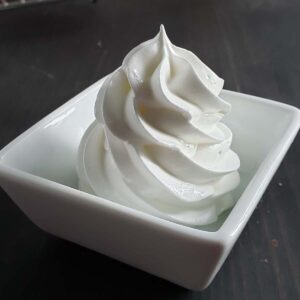
Easy Lemon Swiss Meringue
Equipment
- small saucepan
- wire whisk
Ingredients
- 6 large egg whites
- 1 ½ cups granulated white sugar
- 3 tablespoons fresh lemon juice
- ½ teaspoon kosher salt
Instructions
- In a medium heat-proof bowl whisk together the 6 large egg whites, 1 ½ cups granulated white sugar, 3 tablespoons fresh lemon juice, and ½ teaspoon kosher salt. Place the bowl over a small saucepan of simmering water. Make sure the bottom of the bowl doesn't touch the water.
- Whisking continuously, cook the egg white mixture until the sugar has completely dissolved and it reaches a temperature of 160°F (71°C). This should take about 5 minutes.
- Remove the bowl from the heat. Using a stand mixer, whisk the mixture on medium speed for about a minute. Increase the speed to medium-high and whisk until stiff peaks form. This should take about 10 minutes.


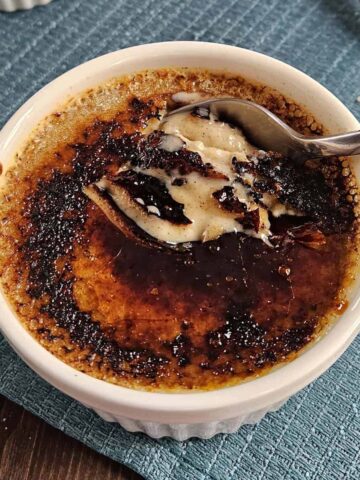
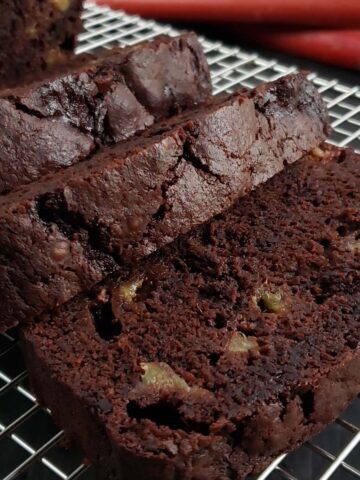
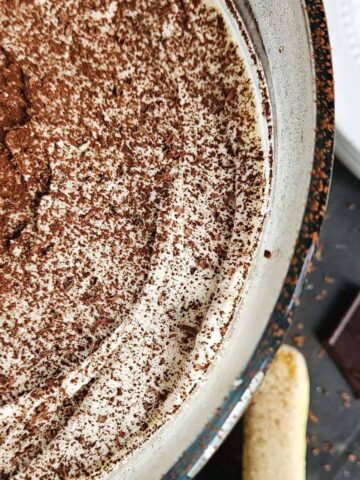
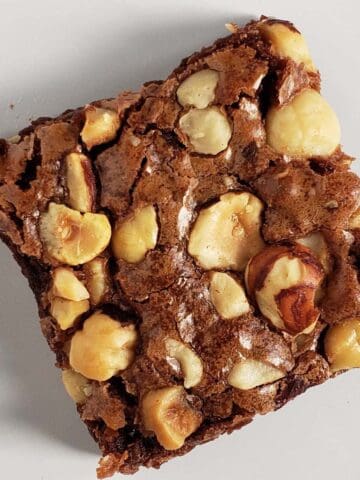
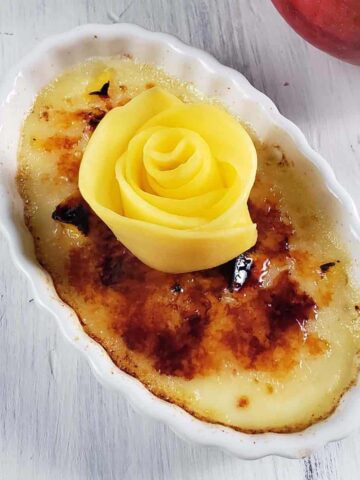
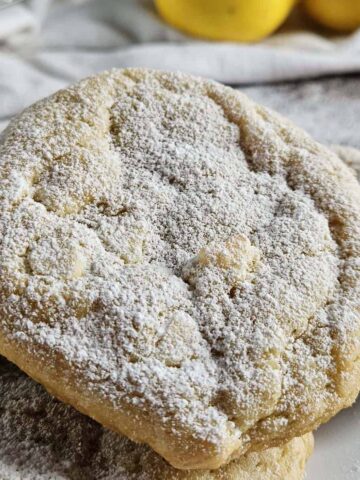
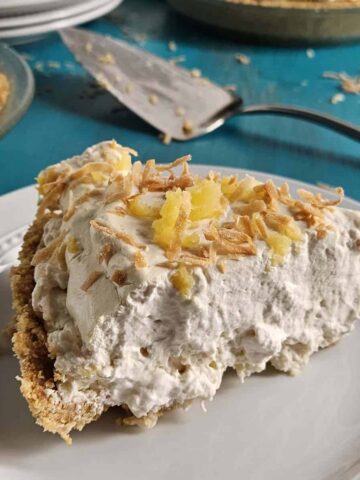
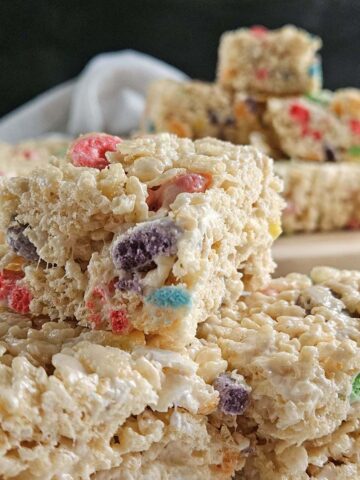
Comments
No Comments